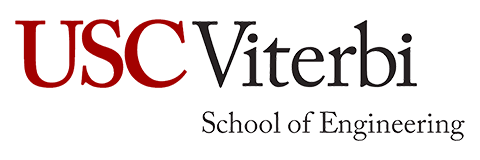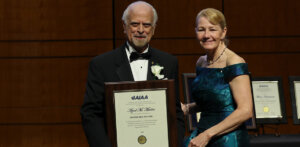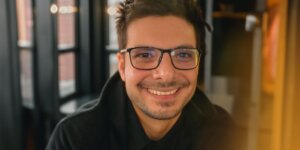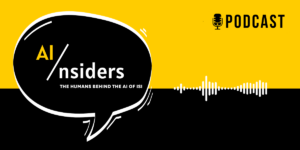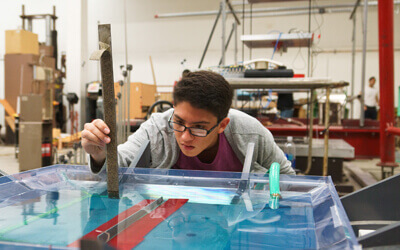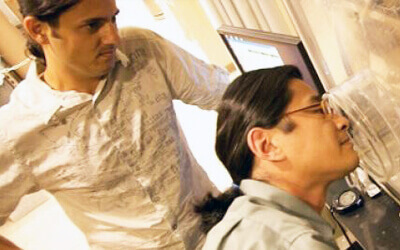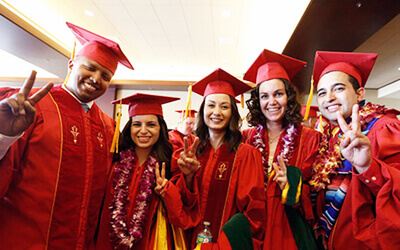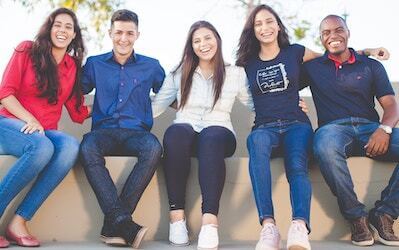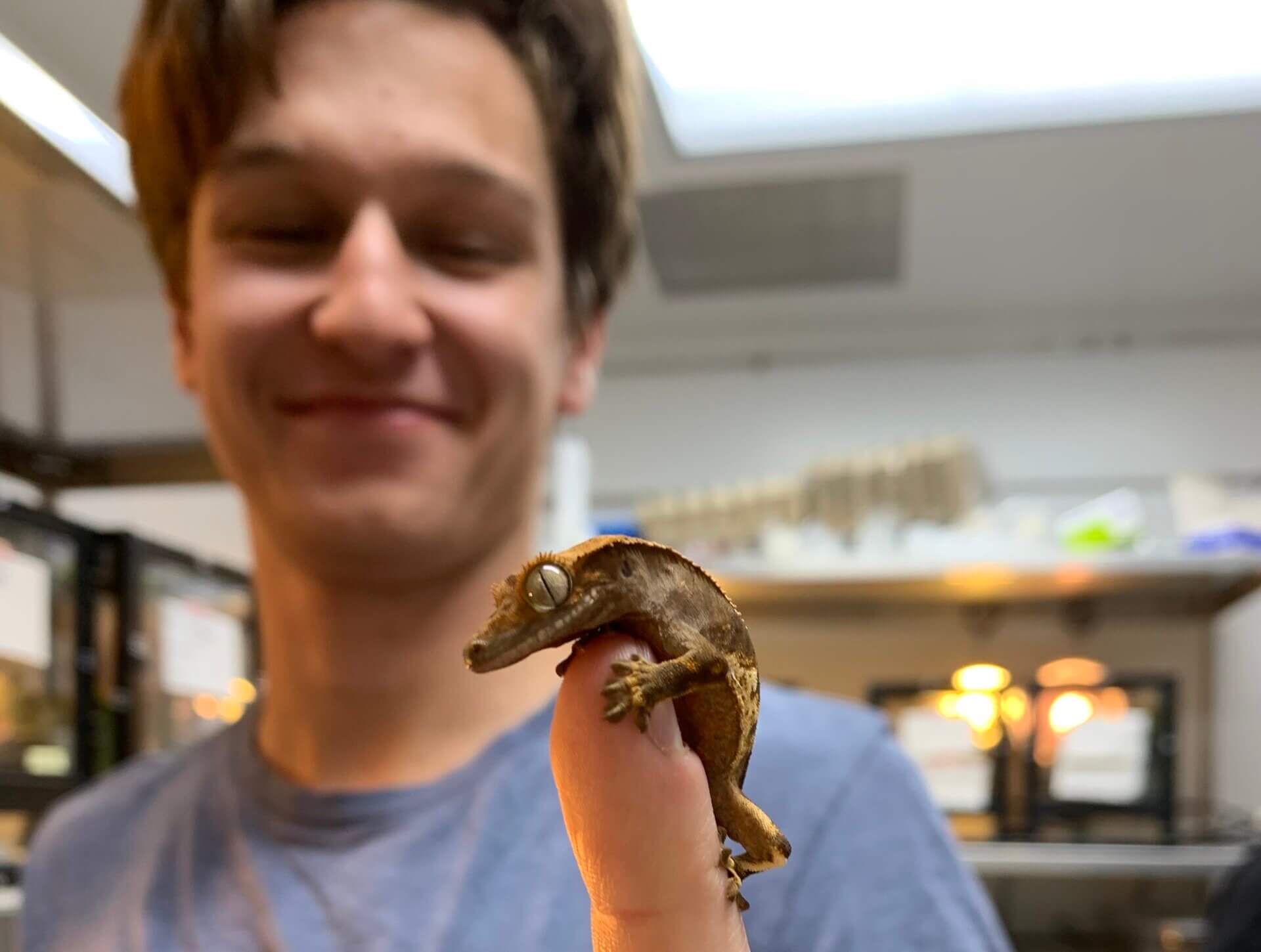
Class of 2025 BME graduate Alex Kuncz holding a crested gecko (Correlophus ciliatus) from New Caledonia. This is one of the few gecko species that do not regenerate their tails, which allows Kuncz and his colleagues to better study which cells and processes are responsible for regeneration. Image/Alex Kuncz
USC Viterbi graduating BME senior Alex Kuncz wants to help us heal more effectively — by learning from lizards. Kuncz, who recently won the prestigious Fred S. Grodins Outstanding Academic Achievement Award, has spent the past three years working in the Lozito Lab, part of USC Stem Cell, exploring how these remarkable creatures regenerate their tails. His research focuses on how immune cells, called phagocytes, contribute to the process — work that could someday transform treatments for orthopedic injuries like anterior cruciate ligament (ACL) tears and osteoarthritis.
Inspired by his own experience with a torn ACL, Kuncz is passionate about improving patient outcomes through novel biomedical solutions. Beyond the lab, he has left a broad impact across USC, from developing a smart orthopedic drill attachment for surgeons to singing and playing baroque oboe with the USC Thornton School’s Early Music Ensemble. As he prepares for his next chapter, Kuncz is determined to keep bridging engineering, medicine, and creativity to push the boundaries of healing.
Alex Kuncz
Hometown: La Jolla, California
Degree: BS Biomedical Engineering
What first inspired you to study engineering?
I tore my ACL playing lacrosse, and through that injury, I learned about the marvels of orthopedics and biomedical engineering. With both of my parents also tearing their ACLs, I was inspired to pursue biomedical engineering to develop better methods of ACL repair to improve patient outcomes.
What is something you’ve achieved while at USC Viterbi that you’re most passionate about?
For my senior design project, I was able to make a smart attachment to orthopedic drills that can help orthopedic residents improve their drilling technique. I’m still working on this project, and we are currently collaborating with the USC Orthopedics Department at Keck to use the device with real orthopedic surgeons! For this project, I won the USC Discovery Scholar Prize, which awards $10,000 towards graduate study.
Tell us about the research you have been working on or a project you took part in during your studies that made an impact on you.
For three years, I have conducted research in the Lozito Lab. The lab, which is part of USC’s Stem Cell Department, studies how lizards regenerate their tails. Studying how lizards regenerate their tails provides unique opportunities to develop new treatments for orthopedic pathologies like osteoarthritis and ACL tears. Lizards are the closest evolutionary relatives to humans that can regenerate a significant portion of their body—their tails—through blastema-based chondrogenesis (cartilage growth). Regenerated lizard tails are boneless and consist of a single cartilage tube surrounding an ependyma-derived regenerated spinal cord. My project has specifically looked at the role that phagocytes, a type of immune cell, play in lizard tail regeneration, as depleting these cells results in no regeneration. This work led to a co-authorship on an article published in Nature Communications. I’m currently working on a new publication highlighting methods to isolate these special cells and further study them.
I’m particularly inspired by the lizard work as it approaches orthopedic problems from a novel angle. Much of orthopedic research is focused on mice and human systems, which have their own merits, considering this work is to develop new treatments for human diseases. However, by working on lizards, I have grown to appreciate the power of widening your viewpoint. The lizard model, while evolutionarily farther from humans, opens new and untouched doors for exploration. By studying how lizards regenerate their tails, we can hopefully learn how to modify human cells to also regenerate cartilage en masse. Mastering this ability is crucial in our fight against osteoarthritis, as humans cannot naturally regenerate the cartilage in our joints. As for my passion for ACLs, I plan to use the knowledge I’ve gained from understanding how lizards regenerate cartilage in my future research as a physician-scientist to develop improved graft-less methods of ACL surgical reconstruction.
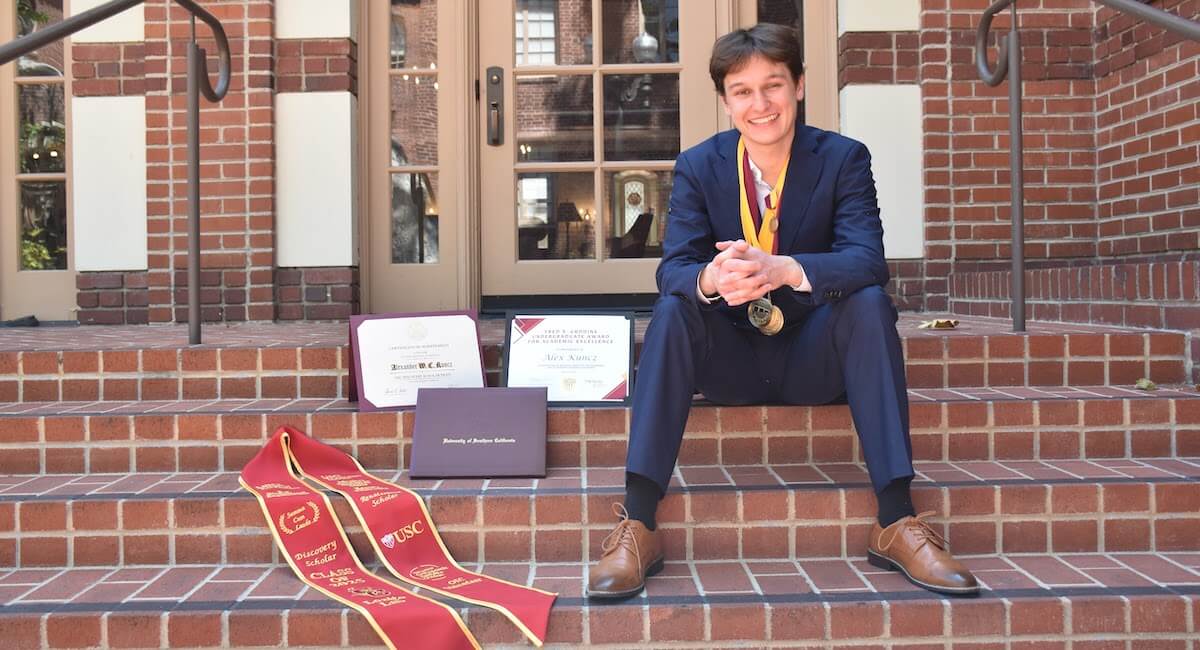
USC BME graduate Alex Kuncz was awarded a USC Discovery Scholar Prize and the Fred S. Grodins Undergraduate Award for Academic Excellence. Image Alex Kuncz.
Are there any extracurricular activities or organizations you have been part of during your studies?
I have a minor in Musical Studies focusing on Classical Voice, and I am part of the Early Music Ensemble in Thornton, where I both sing and play baroque oboe. I absolutely love baroque music, and this group exclusively performs music from that time period on period-specific instruments! Musical studies is a great complement to the engineering course load. Both engineering and music have vast synergistic potential, primarily through their mutual connection to math. By pursuing both engineering and music at USC, I feel like my studies in each field have achieved a gestalt state, greater than the sum of their parts.
I also volunteer at the nearby Luskin Orthopedic Institute for Children, primarily working in the rehabilitation department, where I help patients (mostly children or teenagers) with their physical therapy exercises. I also founded a committee at the hospital where I am working with other volunteers to host events that help patients and other volunteers gain more awareness about medicine and healthcare (specifically related to orthopedics).
I am also the Assistant Editor in Chief for the Journal of Cellular and Molecular Bioengineering. In this role, I manage all of the journal’s social media pages. I read all newly accepted articles and created individual posts for the articles. I also regularly talk with the journal Editor in Chief to discuss journal internals. This role has been unique as it’s given me a newfound perspective on academic publishing, something that I will be closely involved with in my future.
I also interned at Medtronic in their Cardiac Ablation Solutions unit, where I developed test methods to validate new product standards. These products are designed to treat cardiac arrhythmias (when the heart beats irregularly). These irregular beats cause significant discomfort and can be fatal.
I was also a member of the executive board for the Associated Students of Biomedical Engineering (ASBME). I served as Membership Chair, where I analyzed our membership data and submitted a report about ASBME to Viterbi that won the club the Viterbi Outstanding Organization Award in 2023. I also served as Research Chair, where I helped connect BME students with open research positions, maintained a research newsletter about open lab positions and current BME research, and hosted journal club events to help engage BME students with academic literature and research papers. As part of the club, I was able to help plan and participate in numerous events, such as the Hackathon-style “Make-A-Thons” for medical devices, making model knee joints out of toilet paper rolls and rubber bands with local elementary school kids to teach them about knee anatomy, and taking free pulses and blood pressures for patients in a Diabetes Awareness Health Fair.
I was also a general member and executive board member for MEDesign, a club that helps student teams design medical devices to treat pressing medical issues. I was part of a team that ideated and prototyped a novel type of knee brace that dynamically measured the flexion and extension angles of the patient’s knee, which is useful for post-op prognosis of many orthopedic pathologies, including ACL tears. On the executive board, I was the Underclassmen Representative, where I helped host events to increase underclassmen engagement with the club.
What are your plans post-graduation?
I am currently applying to MD/PhD programs to apply novel orthopedic research to the clinic as an orthopedic surgeon, and I will be taking a gap year before medical school. In my gap year, I will continue working in orthopedic regenerative medicine labs.
Based on what you know now, what is your best piece of advice for other students?
Join clubs (especially if you’re a freshman)! It’s the best way to make friends and get involved with very cool projects at USC!
What’s an area where you feel like you’ve really grown between your first semester of college and today?
I think I have grown the most in my approach to research. In high school, with minimal experience in research, I thought that there must always be an answer to a phenomenon and that the answer could be easily uncovered by a few experiments. However, as I’ve spent many hours in the lab now, I’ve realized that it is ok to not fully understand a situation, as that feeling of unknown invites curiosity. A weird or inconclusive experiment may seem like a failure, but it may actually be the stepping stone for a new hypothesis and discovery! I have learned not to be dismayed by failures, as they may just be a new door opening.
Published on May 15th, 2025
Last updated on May 15th, 2025
